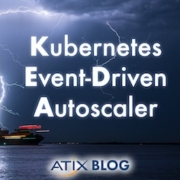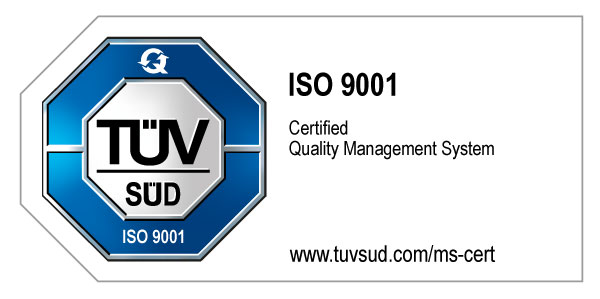Kubernetes Observability: Tools and Best Practices for better transparency
In the current corporate landscape, cloud-native applications and containerized environments are becoming increasingly important, and with them the topic of Kubernetes observability, especially in Kubernetes clusters. Kubernetes observability can be summarized as “transparency of a system”. This gives us a deep insight and thus an understanding of the behavior and performance of a system. It enables teams to analyze problems and then react to them. Since Kubernetes as an orchestrated system has complex dependencies and high scalability, Kubernetes Observability becomes a crucial factor to ensure that applications run reliably.
The 3 pillars of observability
Observability generally comprises three aspects that provide us with important information about the operation of our system.
Tracing
Kubernetes tracing is the most important aspect when it comes to tracking the path of a request through the system. In Kubernetes clusters, requests are distributed across numerous microservices. Every interaction that was necessary to process the request is recorded and can therefore be used to analyze bottlenecks or errors. Possible scenarios for this could be, for example, analyzing the latency of a service or displaying complex dependencies between services.
Logging
Kubernetes logging provides detailed information about events or errors in a system. Each component in Kubernetes generates its own logs, which can then be used to analyze errors. This gives us a precise insight into what happened in a system at a specific point in time. Operators can thus identify anomalies and problems.
Monitoring
Monitoring provides a continuous overview of the system’s metrics, such as CPU consumption, memory requirements, network throughput or the number of requests. While traces and logs focus on specific events, monitoring aims to monitor long-term trends. This helps to identify problems such as overloads or performance bottlenecks.
Tooling
In Kubernetes environments, specialized tools ensure that tracing, logging and monitoring can be used effectively. Three of the leading tools in this area are Jaeger, the EFK stack and Prometheus.
Jaeger
Jaeger is the preferred tool for tracing in distributed systems. It enables us to track and evaluate all requests to the system across multiple microservices. For this purpose, Jaeger provides a centralized platform on which even complex dependencies between different microservices can be visualized.
EFK Stack (Elasticsearch, Fluentd, Kibana)
The EFK stack offers a comprehensive logging solution in Kubernetes. Fluentd collects the logs from the various components and applications, ElasticSearch stores and indexes them and then displays them in Kibana, a user-friendly interface. This stack provides a centralized logging platform with powerful search and filter options.
Prometheus
Prometheus is the leading tool when it comes to monitoring and alerting. It continuously collects metrics such as CPU and memory consumption or network traffic and thus enables system performance to be observed in real time. Prometheus also offers an excellent connection to Grafana, a tool for visualizing the metrics.
Best Practices for Kubernetes Observability
There are a few best practices that need to be followed in order to make observability efficient and targeted. One of these is prioritizing metrics. Instead of monitoring all metrics, only the most important ones such as CPU usage or memory utilization should be monitored. This enables targeted monitoring of system-critical components. Optimizing alerts is just as important. Too many unimportant alerts can lead to important ones being overlooked. Therefore, only relevant alerts should be set up that indicate significant problems that require direct action. Another best practice is scaling and resource management. Kubernetes clusters should be configured in such a way that they can react flexibly and resource-efficiently to load peaks. This includes the correct dimensioning of the observability tools themselves so that they do not impair the performance of the cluster.
Conclusion
An effective observability strategy is critical to managing the complexity and dynamics of Kubernetes environments. The combination of tracing, logging and monitoring enables teams to gain a holistic view of their systems and react to problems before they develop into major disruptions. With tools such as Jaeger, the EFK stack and Prometheus, the necessary transparency can be created to ensure efficient use of Kubernetes. If best practices such as a careful selection of metrics, optimized alerts and well thought-out resource management are also observed, the effort for observability remains within limits and the system can be operated at a high level without interruption.











